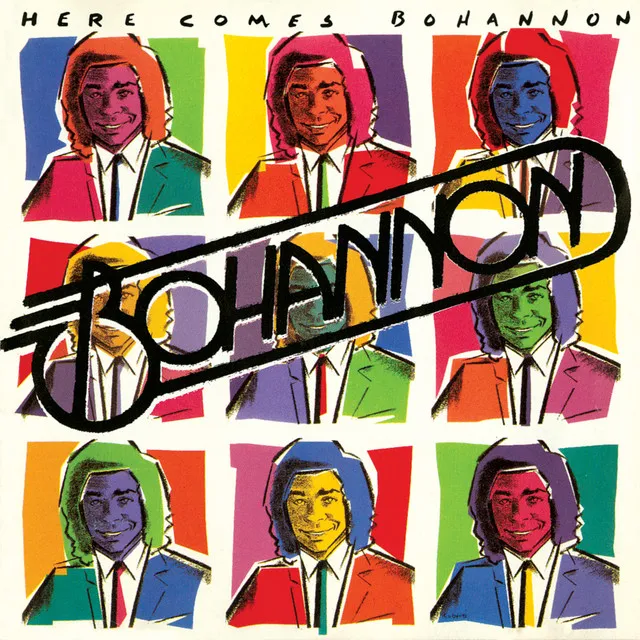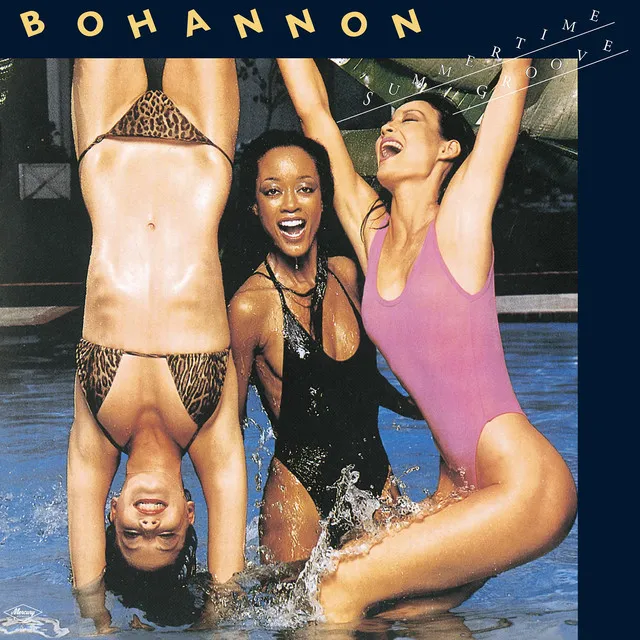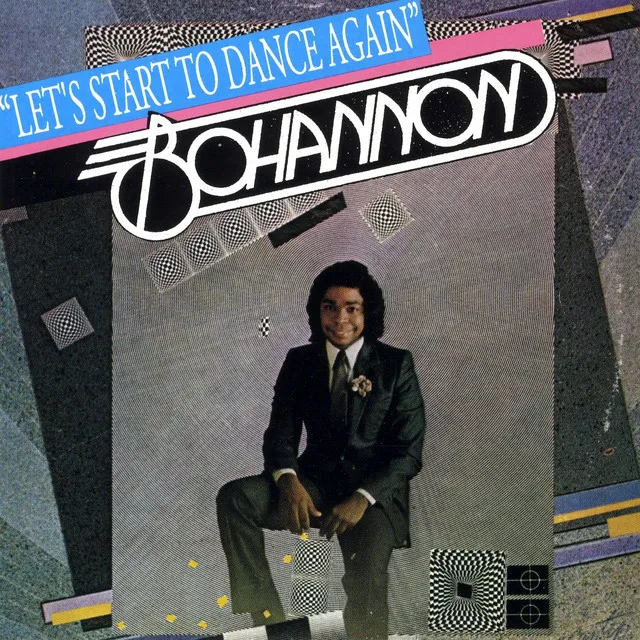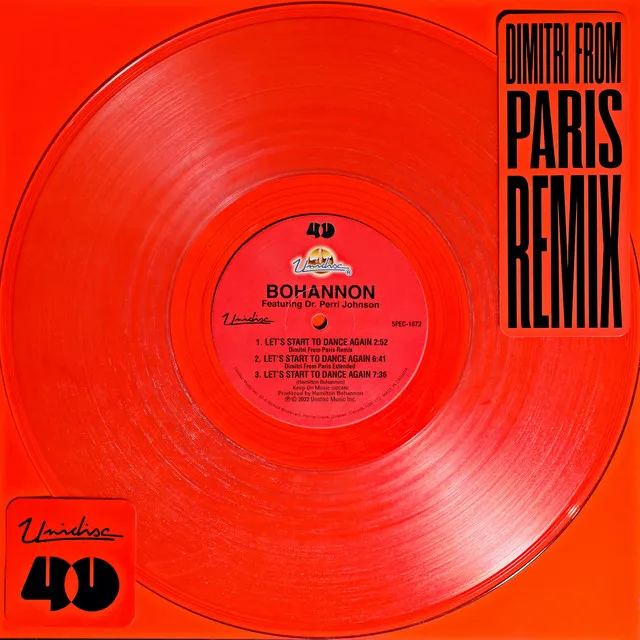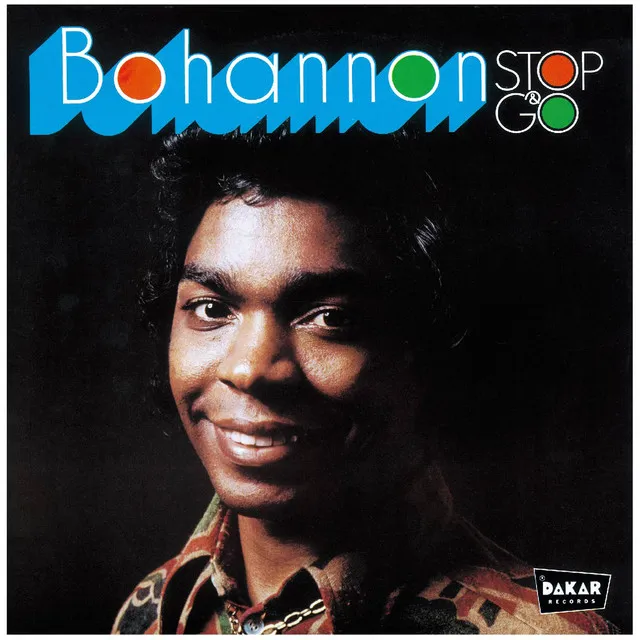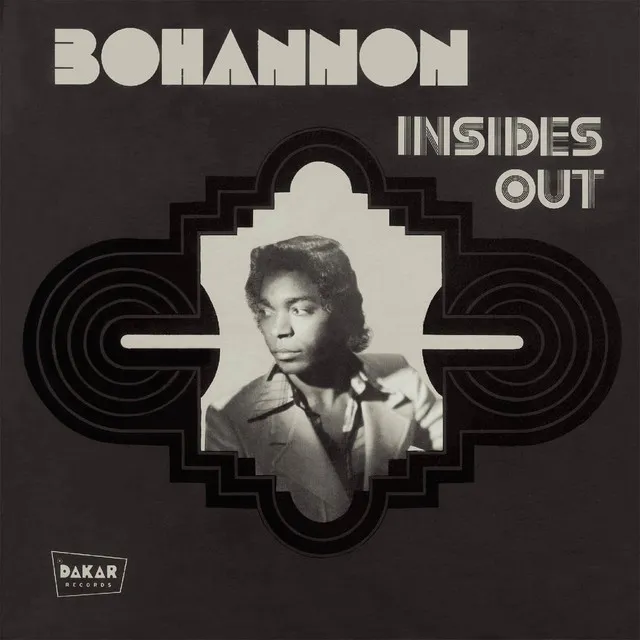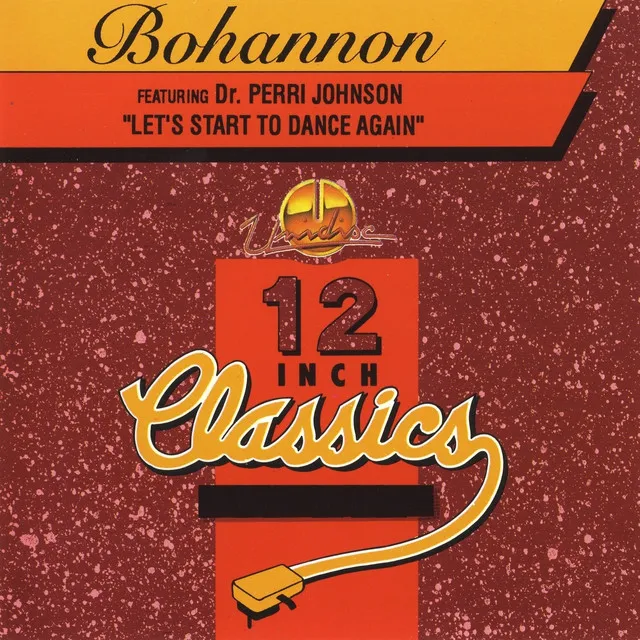Undervalued despite a deep connection to Motown, an extensive discography boasting some of the deepest soul and funkiest disco of the '70s, and an enduring impact as a sample source, Hamilton Bohannon did just about everything. Established as a drummer and bandleader with Stevie Wonder and virtually every other major Motown act from 1965 through 1972, the musician, songwriter, and producer then blazed a trail of his own with 18 studio albums for Dakar, Mercury, and his own Phase II from 1973 through 1983. His albums sported titles like Keep On Dancin' and Dance Your Ass Off, and the contents likewise appealed to partying, with the Top Ten Billboard disco/club hits "Foot Stompin' Music" (1975), "Bohannon's Beat" (1976), "Let's Start the Dance" (1978), and "Let's Start II Dance Again" (1981) all typifying his feel-good, driving, grit-caked sound. In addition to a beat, Bohannon also named a walk, a theme, and a disco symphony after himself. His hometown of Newnan, Georgia responded in kind in 2017 -- two years before his final performance, and three years before his death -- when the street on which he grew up was renamed Hamilton Bohannon Drive, itself a reference to a Bohannon recording.
Born in Newnan, roughly 40 miles southwest of Atlanta, Hamilton Frederick Bohannon started playing drums at the age of 13 with a makeshift kit that included books and handmade sticks. His father bought a real drum set and allowed him to practice at his barber shop. Within a couple years, Bohannon formed a group, first known as the Bob Dads and later as Roy and the Dukes, that played covers to alternately Black and white audiences, and he also played with his high school band. While attending Atlanta's Clark College on a music scholarship, he put together a group that became the house band at the Royal Peacock -- a historic venue that hosted scores of top-level blues and R&B artists -- where he befriended and performed with guitarist Jimi Hendrix, who was then between duties with the Isley Brothers and Little Richard.
After he earned a degree from Clark, Bohannon juggled work at the Peacock with a teaching job in LaGrange. Sidelined by a car accident that severely injured his right foot, he quickly learned to play with his left. While touring with emcee Gorgeous George as part of the Jackie Wilson Show tour in 1965, he met Stevie Wonder and became the young Motown artist's drummer. Bohannon planned to attend Indiana University that fall -- he was offered a master's program scholarship -- but Wonder convinced him to forgo his graduate studies and stay on the road.
After a couple years of playing behind Wonder, Bohannon headed back to Georgia and assembled his own band. They successfully auditioned for Motown to support not just Wonder but also the likes of the Temptations, Four Tops, Supremes, Smokey Robinson, and Marvin Gaye. Although Motown valued their touring bandleader enough to extend a writing and recording contract, which was inked by the end of 1969 -- the same year Bohannon's stage work was heard on Motortown Revue Live -- the deal didn't reach fruition. When Motown left Detroit for Los Angeles in 1972, Bohannon likewise waved goodbye to his employer, remained in the Motor City, took another teaching job, and spent his evenings leading a band at the 20 Grand, another famous venue.
Bohannon recorded some original material at the house of 20 Grand bandmate Ray Parker, Jr. and secured a more fulfilling contract with Dakar Records. In 1973, he made his debut on the Brunswick-distributed label with Stop & Go. Apart from a few slower numbers spotlighting the Haywood Singers, such as the haunting "Save Their Souls," it was primarily instrumental with Bohannon, guitarists Parker and Wah Wah Watson, and bassist Eddie Watkins generating funky proto-disco rhythms. Through 1976, Bohannon released five more unvarnished Dakar LPs with lineups that shifted and titles that favored directives: Keep On Dancin', Insides Out, Bohannon, Dance Your Ass Off, and Gittin' Off. The first four of these registered on Billboard's R&B album chart. They hatched an equal number of charting singles, highlighted by "Foot Stompin' Music" (number 39 R&B, number three disco) and "Disco Stomp" (number 62 R&B, number 11 disco).
Having recorded six albums in four years for Dakar, Bohannon moved to the Mercury label and was equally productive during a similar span. His Mercury era commenced in 1977 with Phase II, featuring Hamilton Bohannon II on the cover, and peaked the next year, following second effort On My Way, with Summertime Groove, which cracked the Top 20 of the R&B chart with help from his biggest hit single, "Let's Start the Dance" (number nine R&B, number seven disco). Cut Loose, Too Hot to Hold, and Music in the Air, issued across 1979 and 1980, formed the back half of Bohannon's Mercury discography. During the same period, he wrote, produced, and arranged two Mercury LPs for Caroline Crawford (aka Carolyn Crawford), a fellow Motown associate and the voice of "Let's Start the Dance," among other Bohannon cuts.
By the end of 1980, he launched his Newnan-based Phase II label with One Step Ahead, still joined by Crawford and other long-term Detroit allies such as Leroy Emmanuel and Johnny Allen. The next year, he scored his third Top Ten disco/club hit with "Let's Start II Dance Again," featuring a rap from Dr. Perri Johnson. The single coincidentally charted the same week (September 12) as Tom Tom Club's "Genius of Love," which gave a shout-out to Bohannon like an invocation. Soon enough, Bohannon records also became a frequent sampling source for rap producers.
Phase II wound down in 1983 with Make Your Body Move, assisted extensively by old friend Ray Parker, Jr., and The Bohannon Drive, featuring Maceo Parker and Sheila E. among the musicians. The latter brought Bohannon's studio album count to 18. Signed later to MCA, he delved into house and new jack swing -- two styles he indirectly influenced -- for one more proper album, Here Comes Bohannon, in 1989. Although compilations varying in size, scope, and availability, along with scattered singles, were released throughout the following decades, Bohannon's recordings were eternalized more commonly by specialist DJs and rap producers. His hometown further immortalized him in 2017 when the street on which he was raised and operated Phase II (Peachtree Street) was renamed Hamilton Bohannon Drive. He performed for the last time in 2019 at a benefit for Morehouse College and Clark Atlanta, with Parker appropriately enough in his backing band. Bohannon died the following April at the age of 78. ~ Andy Kellman, Rovi
